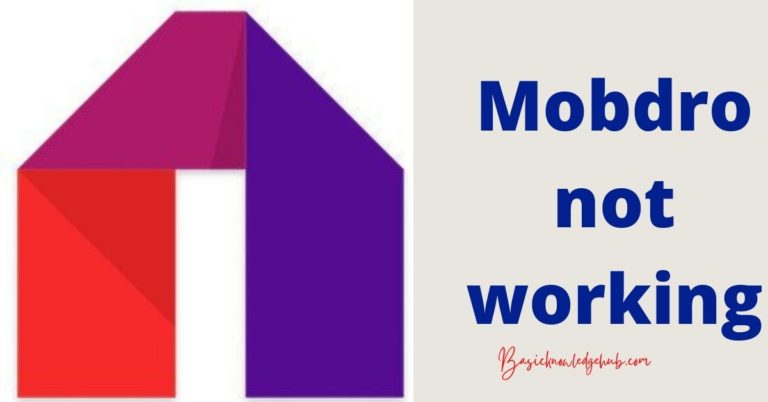Tech-Tips for Multiplying and Simplifying Fractions
Multiplying fractions is an important mathematical operation and is needed at every step of your mathematics journey starting from the lower levels to the higher levels. It is one of the basic prerequisites of multiplying fractions that you will need before entering into the world of higher-level topics which may include decimals, exponentiation, percentages, and so on. Before learning the Tech-Tips of multiplying and simplifying fractions, let us brush up on some concepts relating to the fractions.
Fractions are numerical values that are not a whole number. They represent a part of the whole. Basically, there are five types of fractions. However, we will discuss the most important ones here. Proper fractions are those in which the numerical quantity of the denominator is greater than the numerical quantity of the numerator. Improper fractions are those in which the numerical quantity of the denominator is smaller than the numerical quantity of the numerator. Mixed fractions basically are the subsets of improper fractions and include a whole number and a fraction.
Procedure of Multiplying Fractions
Multiplying fractions is a very easy operation in mathematics. We can complete the process of multiplication of fractions in three simple steps. Let us learn how.
- The top numbers or the numerators should be multiplied by themselves i.e. the numerator of the first fraction should be multiplied with the numerator of the second fraction.
- The bottom numbers or the denominators should be multiplied by themselves i.e. the denominator of the second fraction should be multiplied with the denominator of the second fraction.
- The fraction obtained should be simplified to its simplest form (if needed)
Procedure of Simplifying Fractions
A simplifying fraction is an act that is subsequent to multiplying fractions. Simplification of fractions basically means diminishing any given fractions to their simplest form. A fraction is said to be in its simplest form when the denominator or the numerator of the given fraction has no common factors except the number 1. An interesting fact that is to be noted in simplifying fractions is that even if the fraction is reduced to its smallest form, the value of the fraction before and after the process of simplification remains the same. This means that the fraction formed after the simplifying and the fraction before simplifying forms a pair of equivalent fractions.
Do not miss Headphone Static – The issue with almost every hearing aid.
Solved Examples of Multiplying and Simplifying Fractions
Multiply 1/3 and 2/7.
Answer: Multiply the numerator of the first fraction with the numerator of the second fraction. Likewise, carry the same operation of both the denominators.
Numerator: 1* 2 = 2, Denominator: 3* 7 = 21.
Required fraction = 2/21
Multiply 7/5 and 7/8.
Answer: Multiply the numerator of the first fraction with the numerator of the second fraction. Likewise, carry the same operation of both the denominators.
Numerator: 7* 7 = 49, Denominator: 5*8 = 40
Required fraction = 49/40
Multiply 4⅔ and 11⅓.
Answer: Here we have mixed fractions. Thus, it is important for us to convert them into improper fractions and then carry on the process similar to that of the questions that we did earlier.
To convert 4⅔ into an improper fraction, we will first multiply the denominator with the whole number and then add the value of the numerator to it. This will provide us with the numerator of the improper fraction. Let us see how.
4⅔ = {(3* 4) + 2}/ 3 = 14/3.
11⅓ = {(3*11) + 1}/ 3 = 34/3
Now, let us multiply both the improper fractions.
Numerator: 14* 34 = 476, Denominator: 3* 3 = 9
Required fraction: 476/9
Simplify the following fraction in its simplest form: 32/64
Answer: For simplifying, we will have to divide both the numerator and the denominator by common factors till there is no common factor left except the number 1. 2 is a common factor. Let us start by dividing it. So, (32/2) / (64/2) = 16/32. We will continue likewise. Therefore the simplest form of 32/64 is (1 by 2) 1/2. If you want to learn parallel ideas in detail and in a fun and enjoyable way, visit Cuemath.




